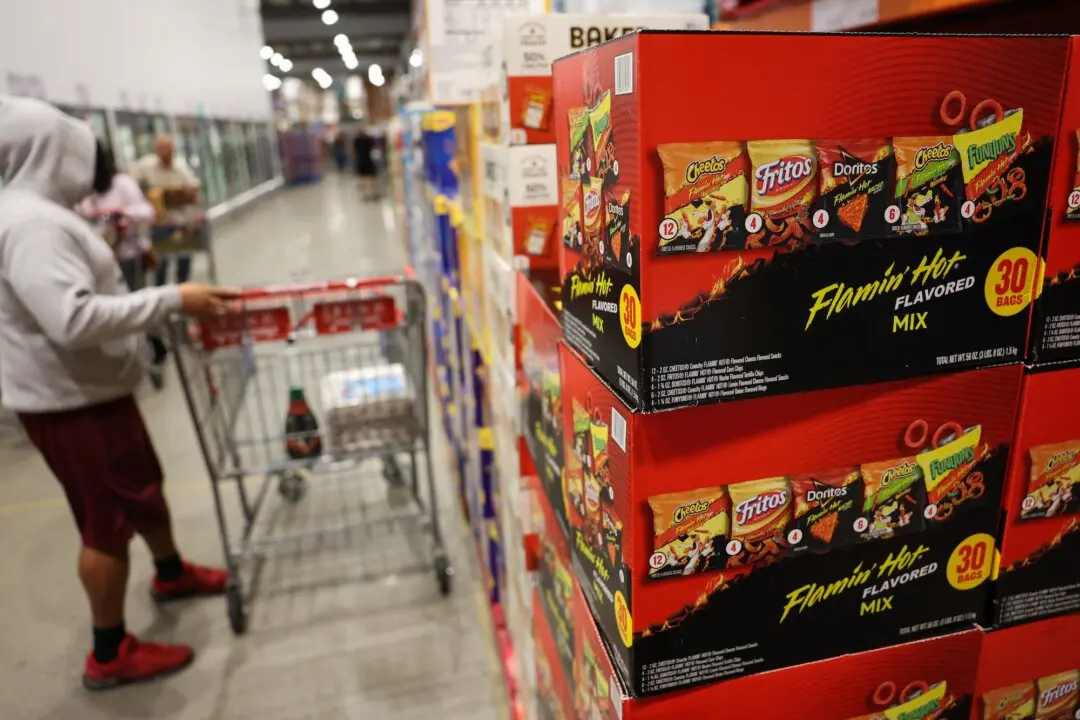Initial signs of a bounceback in global stocks proved temporary as indices across the world continued their downward slide on fears about the fast-spreading coronavirus.
Wall Street indices gave up some initial gains mid-morning Feb. 25, with the S&P 500 and the Dow Jones both down 1.16 percent as of 11:10 EST, while the Nasdaq dropped 1.24 percent.





